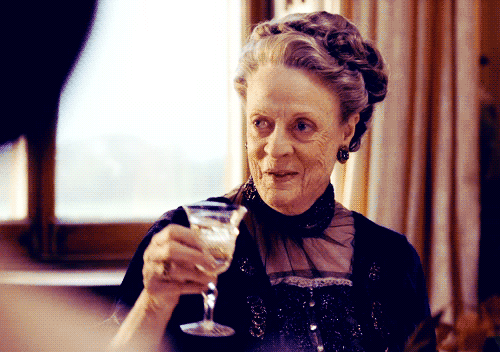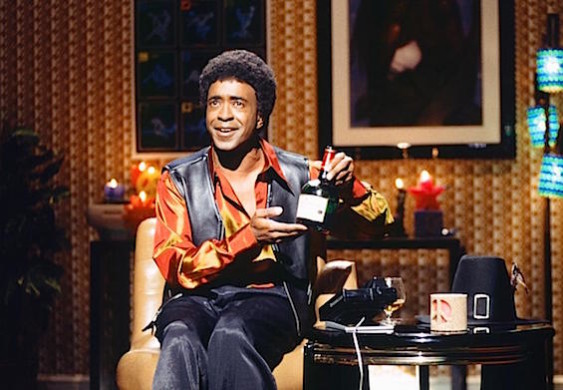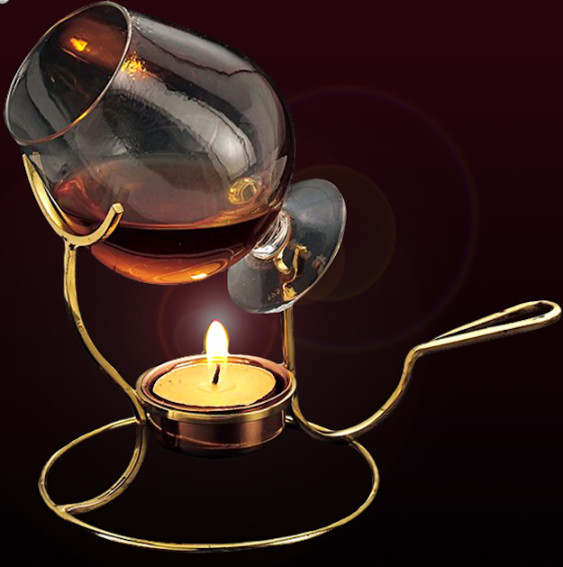You might think that the Dowager Countess on Downton Abbey is the only one who enjoys a nice snifter of brandy (and why shouldn’t she?), but brandy actually encompasses a whole class of spirits that includes such well-known styles as Cognac, Armagnac, eaux de vie, grappa and more. Basically, a brandy is any spirit that has been distilled from grape alcohol (rather than another fruit or grain), i.e. wine.

The Dowager Countess isn’t the only one who enjoyed a snifter of brandy. Gif source: Tumblr.
I think of this kind of like a little mnemonic from my old geometry text book. Just as all squares are rectangles but not all rectangles are squares, all Cognac is brandy, but not all brandy is Cognac.
Like many wonderful intoxicants, it was the Dutch who helped popularize this type of spirit. You see, back in the 16th and 17th centuries, they were trading all over Europe, including in the southwest of France (where you’ll find the regions of Cognac and Armagnac). There, the Dutch were picking up shipments of sea salt, wood and local wine.
While the salt and wood were easy enough commodities to transport, the Dutch encountered major problem with the wine. It had a terrible tendency to spoil during long ocean voyages. In order to preserve it, the Dutch decided to distill the wine in copper pot stills. You might know that distillation involves heating a liquid over flame until it evaporates then condensing the vapor back into a liquid by cooling it. The reason this produces a stronger spirit than the original is that alcohol’s boiling point is much lower than that of water. So it evaporates faster, leaving much of the water content behind.

Long before The Ladies Man, it was the Dutch who discovered brandy.
In addition to being more concentrated, the new, stronger spirit is also much more stable, and easier to store and preserve for its long voyages to markets abroad. They even began distilling some of it, notably the stuff from Cognac, twice. The Dutch also found that keeping the spirit in wooden casks also gave it a nice, rich golden color and tremendously improved the taste and aromas as well, and a new style of liquor was born.
So why is it called brandy? Well, since they produced this new spirit by heating it over a flame, the Dutch started calling it brandewijn, or “burnt wine.” Eventually that got shortened to brandy in the English-speaking world. And that’s the origin of the word.

The word brandy is originally from the Dutch for “burnt wine.” Image source: Buzzfeed.
I’ll talk more about Cognac and Armagnac specifically in future posts (and trust me, there are a lot of other fun facts about this particular wine region), but for now, let’s toast to the Dutch and their burnt wine this weekend with a glass of the stuff.

